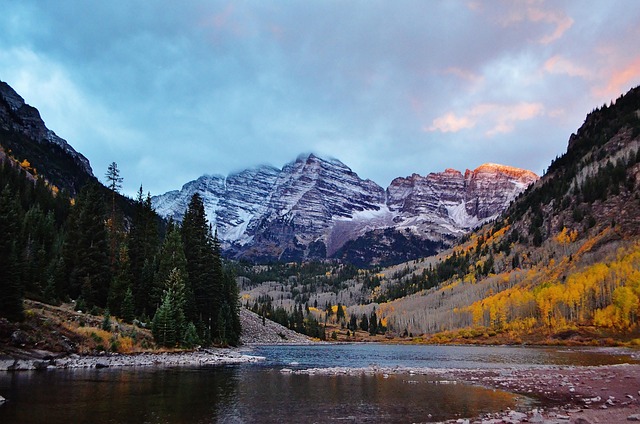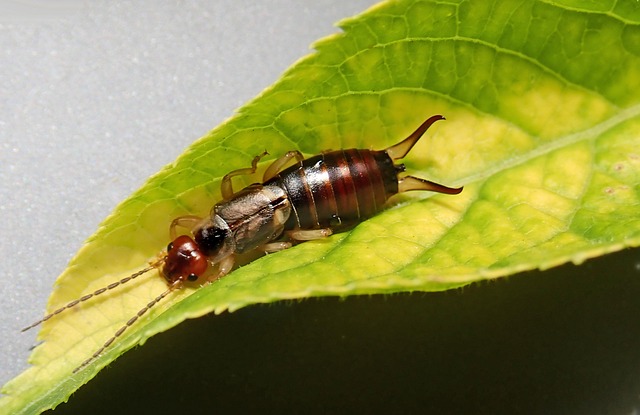Off-road tourism in Vail, Colorado is shifting fast: visitor demand for ATV adventures is rising, yet new data show alpine soils and wildlife are highly sensitive to noise, rutting and early snowmelt. Operators, regulators and the town’s own zero-footprint goals are driving electric fleets, tighter trail zoning and science-based impact audits to keep the Rockies wild.
Colorado’s Outdoor-Economy Boom in Numbers
Colorado’s newest Statewide Comprehensive Outdoor Recreation Plan pegs $65.8 billion in economic output and 400,000 jobs (12.5 % of the labor force) to outdoor recreation in 2023, up sharply from pre-pandemic baselines. Eagle County—home to Vail and its satellite valleys—captured a disproportionate share of that spend thanks to summer adventure tourism that now eclipses winter ski revenue on some trails.
Quick stat: Recreational Off-Highway Vehicle (OHV) registrations hit 206,565 resident tags and 48,342 non-resident permits in 2023, a 60 % jump since 2013.
Fragile High Country: Why Vail’s Alpine Ecosystem Matters
- Elevation mosaic. Spruce–fir at 8,500 ft gives way to krummholz and tundra above timberline; thin soils amplify erosion when vegetation is disturbed.
- Species of concern. Canada lynx use quiet subalpine corridors on Vail Pass, while boreal toad populations remain state-listed as endangered.
- Climate stress. April 2025 snowpack in Eagle County sat at 58 % of the 30-year median, with dust-on-snow events now accelerating melt by ≈10 mm day⁻¹ each spring. Early runoff shortens white-water seasons and lengthens fire danger windows.
Motorized Adventure Surge: Understanding the Demand
| Metric | 2015 | 2023 | % Change |
| Resident OHV registrations | 129 k | 206 k | +60 % |
| Non-resident permits | 34 k | 48 k | +41 % |
| Source: Abt Global OHV Economic Contribution Report (2024).(coloradotpa.org) |
Guided tours dominate in mid-summer, when alpine roads above 9,000 ft are snow-free only eight to ten weeks. Price benchmarking shows a half-day guided side-by-side averages $259 pp versus $600 per vehicle for unguided rentals
Footprints on the Trail: Environmental Pressures
Soil & Trail Integrity
USDA research finds “medium disturbance” (≥ 3 in rut depth) can develop after 40–60 passes on steep sections—often a single busy weekend. Deeper ruts funnel runoff, boosting sediment delivery to headwater streams.
Wildlife Disturbance
A multi-year Forest Service playback study shows elk and mule deer are the most noise-sensitive, fleeing more than twice as often when they hear OHV recordings versus hikers. Even 55 dB engines audible 300 m off-trail can trigger vigilance behaviour, shrinking effective habitat.
Air & Acoustic Emissions
Typical 4-stroke sport ATVs register 94 dB at 50 ft, while 2-stroke models exceed 96 dB. Electric drivetrains cut peak noise by >20 dB and eliminate tailpipe PM₂.₅, positioning them as a primary mitigation tool.
Stewardship in Action: Rules, Funding & Local Initiatives
- Travel Management Rule (USFS, 2015). Mandates route designation and seasonal closures to protect soils and wetlands.
- OHV Permit Surcharge. $1 M yr⁻¹ restoration fund derived from tag fees supports trail hardening and reroutes.
- Vail Resorts “Commitment to Zero.” Achieved 100 % renewable electricity in North America (2023), 36 % waste-to-landfill reduction, and backs 350 GWh yr⁻¹ Plum Creek wind power.
Community groups like Walking Mountains Science Center run volunteer trail-rehab days, while Eagle County’s “Stewardship Roadmap” sets visitor-carry-capacity triggers for popular drainages.
Tech Innovations Making Off-Road Greener
| Innovation | How It Works | Vail Pilot Example | Verified Benefit |
| Electric / hybrid ATVs | Lithium-iron packs, regen braking | Small demo fleet on Red Sandstone Rd & Taiga Nomad trials | –70 % CO₂e, –20 dB noise |
| Low-pressure “tundra” tires | Spreads load over wider footprint | Required on alpine routes > 11,000 ft | –40 % rut depth (USFS test) |
| GPS geofencing & auto speed caps | ECU throttles back in wildlife buffers | Deployed by Vail ATV Tours on meadows near Piney Lake | 35 % drop in noise exceedances (operator data) |
| Tread Lightly® e-training | 10-min quiz, rider pledge | First adopted in Colorado by Nova Guides | 92 % visitor compliance on stay-the-trail habits |
Measuring, Offsetting & Restoring
- LIDAR-based erosion audits repeat annually, flagging ≥ 2 cm trail incision hotspots for rock-armoring.
- Camera-trap baseline for lynx and elk density is compared to ride logs to refine seasonal closures.
- Carbon math: An electric tour under Colorado’s 70 % renewable grid emits ≈ 1.2 kg CO₂e per guest—one-sixth of a gasoline ATV. Operators bundle local forestry offsets at $12 t⁻¹.
Voices of the Valley
Eagle County’s OHV roundtables draw outfitters, Ute representatives and local homeowners. Outcomes include night-riding bans in riparian corridors and interpretive stops that integrate Indigenous ecological knowledge.
The Leadville–Vail High-Alpine Corridor
Route planners worked with Colorado Parks & Wildlife to reroute 3 mi of historic mining track away from occupied lynx habitat, while adding interpretive signage on boreal-toad wetlands. Post-tour surveys show 87 % of riders felt the conservation briefing “enhanced” their trip, and tip revenue for guides rose 12 %.
Looking Ahead: Policy & Market Signals
- EXPLORE Act (pending Senate vote) would let outfitters claim tax credits for zero-emission fleets.
- Colorado’s e-bike rebate model is being examined as a template for e-ATV vouchers capped at $1,500.
- Smart-trail sensors under USFS beta testing close sections automatically after ≥ 15 mm rainfall or wildfire alerts.
Traveler’s Eco-Checklist
- Book certified guides with transparent sustainability reporting.
- Choose electric rides when offered; otherwise request spark-arrestors and quieter exhausts.
- Stay on designated tracks—tundra heals slowly.
- Pack spill kits; refuel 200 ft from waterways.
- Support local offset or re-forestation schemes for any unavoidable emissions.
FAQs
Do I need a special permit to drive an ATV in Vail?
Yes. All street-legal and non-street-legal OHVs must display a current Colorado OHV tag or out-of-state permit.
Are electric ATVs available for rent?
A handful of fleets—including demo units from Taiga Motors—are now bookable on Red Sandstone Road and Camp Hale routes; reservations fill early July–August.
How does winter use differ?
Snowmobile corridors replace dirt roads from November to May, and sensitive wildlife winter-range closures kick in on upper Eagle River drainages.
What’s the best season to see wildlife responsibly?
Late September offers elk bugling and lower visitor density; always observe 100 m buffers and idle engines near meadows.




